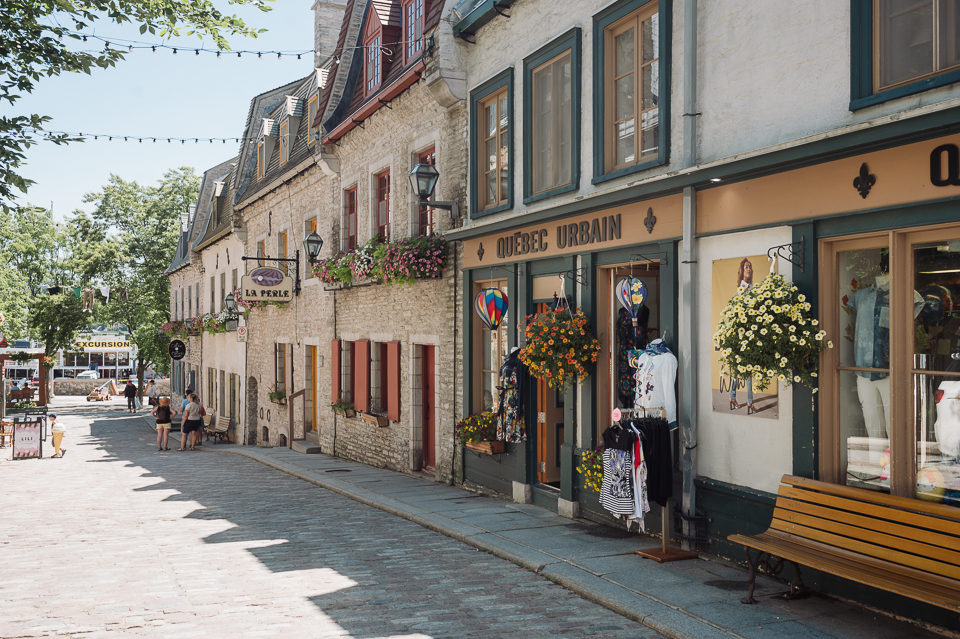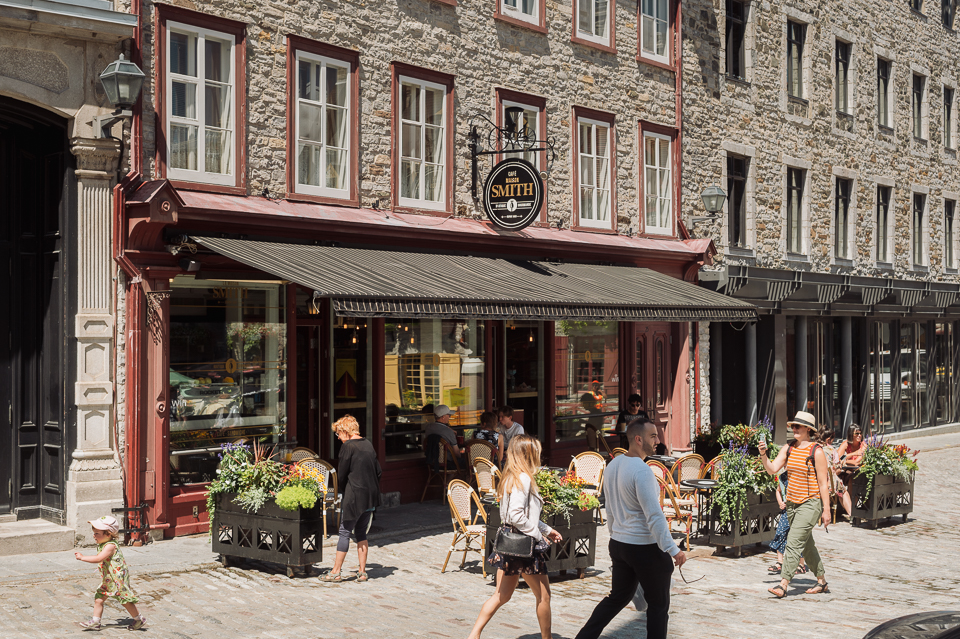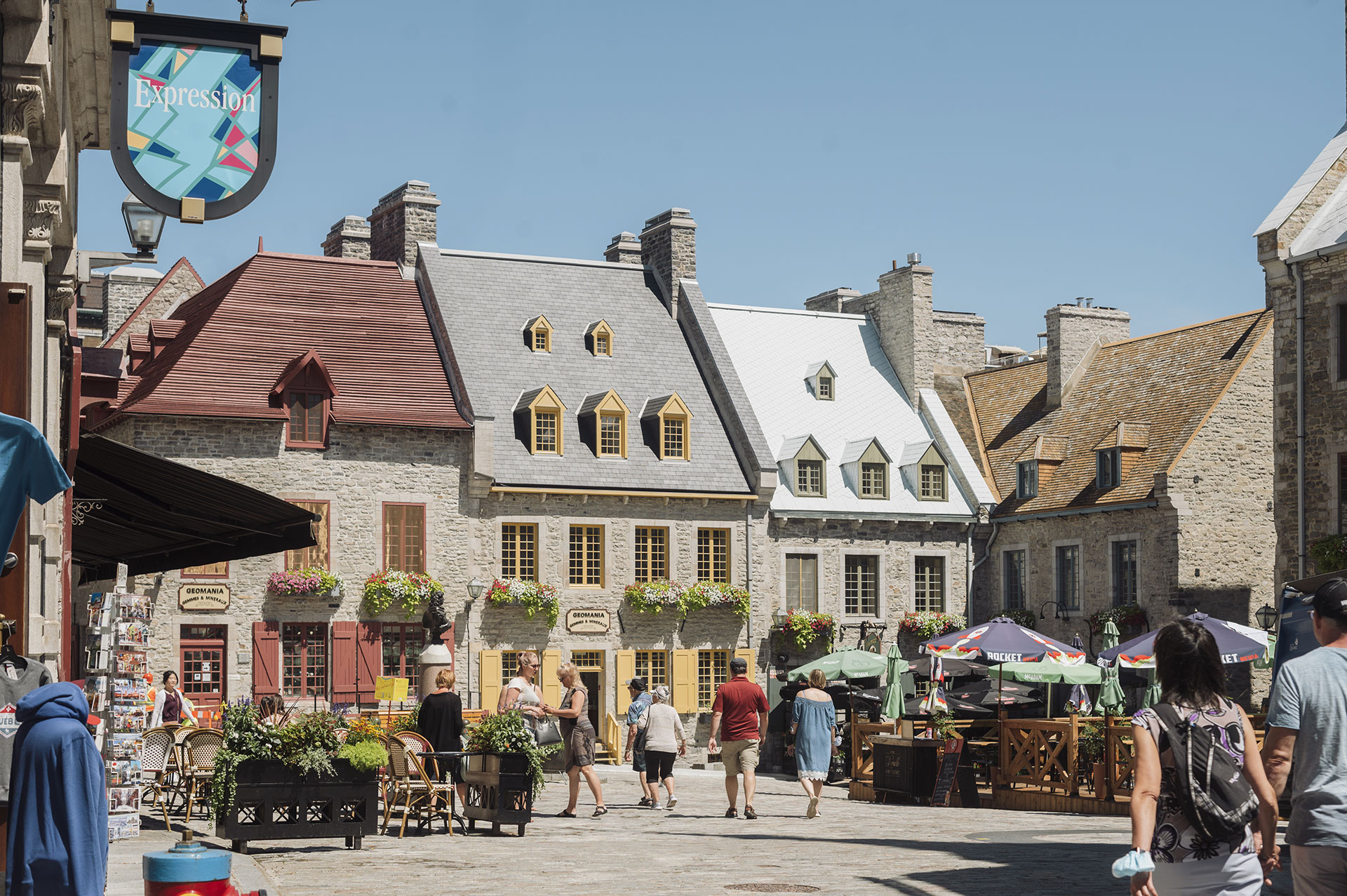Menu
close
Today, protection and enhancement of the property holdings is overseen by Société de développement des entreprises culturelles (SODEC). Learn more about the buildings of Place-Royale and its heritage.


